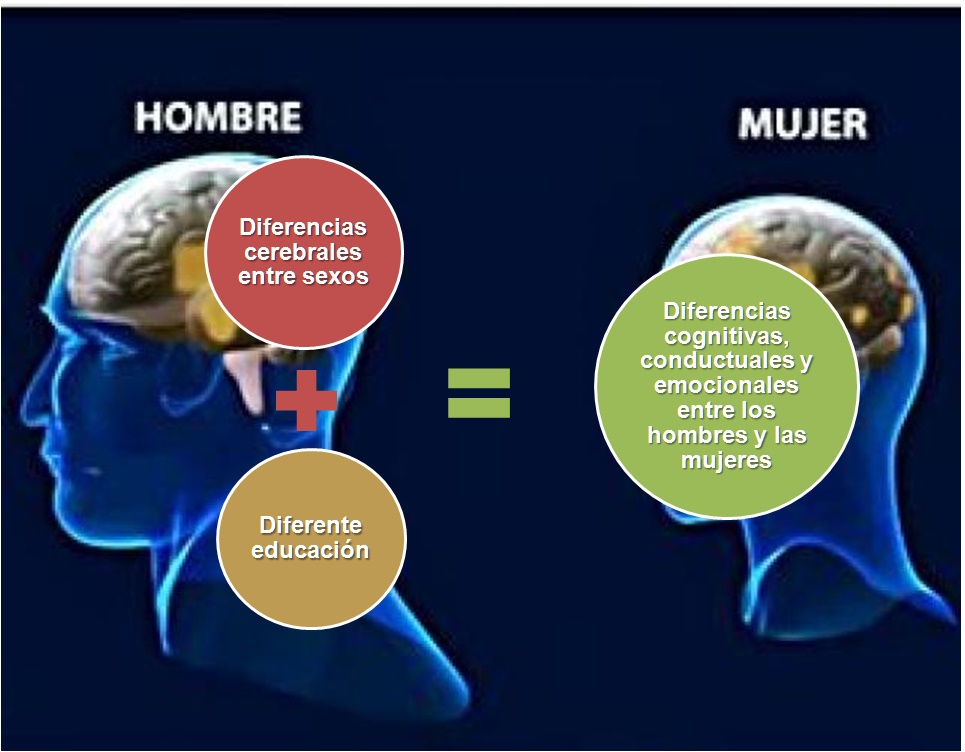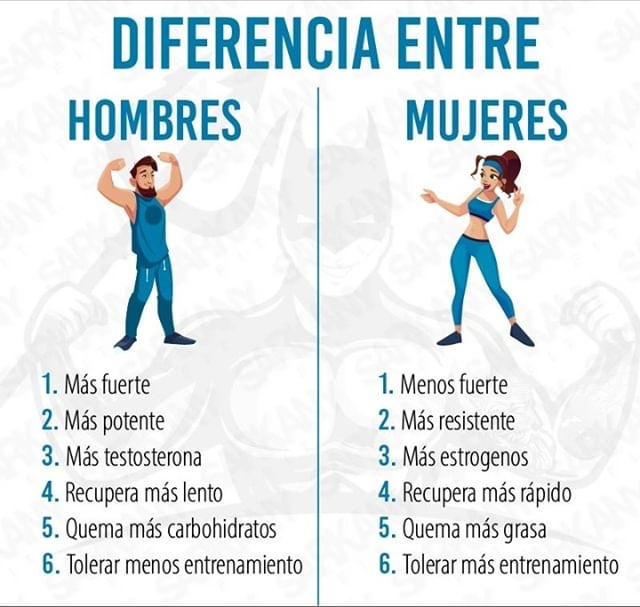Men and Women: Exploring the Differences and Similarities
Are men and women really from different planets? This age-old question highlights the enduring fascination with the variations between the sexes. While the idea of stark, opposing characteristics can be entertaining, the reality is far more nuanced. Understanding the distinctions and, more importantly, the common ground between men and women is crucial for fostering healthy relationships, promoting equality, and appreciating the richness of human diversity.
From time immemorial, societies have recognized and often exaggerated the dissimilarities between men and women. These perceived differences have shaped social roles, cultural expectations, and even individual identities. Historically, these variations were often used to justify inequalities, with one gender typically assigned a dominant role. However, modern science and evolving social norms challenge these traditional views, prompting a deeper exploration into the genuine disparities and the powerful influence of social conditioning.
Examining the differences between the sexes isn't about reinforcing stereotypes. Instead, it's about understanding the complex interplay of biology, psychology, and social influences that shape individuals. This exploration helps us move beyond simplistic generalizations and appreciate the spectrum of human experience. Recognizing the biological variations, such as hormonal differences and physical attributes, is important. But equally crucial is understanding how societal expectations and cultural norms mold behaviors and perceptions of what it means to be male or female.
One key area where differences are often observed is communication. Some research suggests that men and women may communicate differently, with variations in verbal and non-verbal cues. However, it's essential to recognize that these are tendencies, not absolutes, and individual variations are vast. Furthermore, communication styles are significantly influenced by cultural and personal experiences, making broad generalizations unreliable. Focusing on effective communication strategies, regardless of gender, is key to building strong and understanding relationships.
Another aspect frequently discussed is emotional expression. While stereotypes often portray men as less emotional and women as more expressive, this oversimplification fails to capture the complexity of human emotions. Both men and women experience a full range of emotions, but societal expectations can influence how these emotions are expressed. Encouraging emotional intelligence and open communication for all genders is vital for promoting mental well-being and healthy relationships.
Throughout history, contrasting social roles have contributed significantly to perceived gender differences. Traditional expectations placed men primarily in public roles, often associated with leadership and economic activity, while women were relegated to domestic spheres. While these roles are increasingly challenged and redefined in modern society, their legacy continues to influence perceptions and behaviors. Understanding the historical context of gender roles is crucial for dismantling harmful stereotypes and promoting gender equality.
Recognizing the diverse expressions of masculinity and femininity is paramount. Gender is not a binary concept, and individuals may identify and express their gender in various ways. Embracing this diversity and challenging rigid gender norms creates a more inclusive and equitable society for everyone.
One of the benefits of understanding gender differences is improved communication. Recognizing potential communication style variations can help bridge gaps and foster more effective interactions.
Advantages and Disadvantages of Recognizing Gender Differences
| Advantages | Disadvantages |
|---|---|
| Improved communication | Potential for reinforcing stereotypes |
| Greater empathy and understanding | Oversimplification of complex issues |
| Promoting gender equality | Ignoring individual variations |
Frequently Asked Questions:
1. Are gender differences primarily biological or social? - Both biological and social factors play a role in shaping gender differences.
2. Do all men and women conform to typical gender roles? - No, individuals express their gender in diverse ways.
3. How can we challenge harmful gender stereotypes? - Education, awareness, and challenging discriminatory practices are crucial.
4. What are some common communication differences between men and women? Some research suggests variations in verbal and non-verbal cues, but individual differences are vast.
5. How can understanding gender differences improve relationships? - It can foster empathy, improve communication, and strengthen understanding.
6. Is it important to recognize gender differences in the workplace? - Yes, fostering inclusivity and understanding can create a more positive and productive work environment.
7. How can we promote gender equality? - Challenging discriminatory practices, promoting equal opportunities, and challenging traditional gender roles are essential.
8. What resources are available for learning more about gender differences? - Books, articles, academic journals, and online resources offer valuable insights.
In conclusion, exploring the differences and, more importantly, the common ground between men and women is a journey of discovery. It's about acknowledging the complexities of human experience and challenging simplistic notions of gender. While biological and social factors contribute to the fascinating tapestry of human variation, recognizing the spectrum of individual expression is key to fostering a more equitable and inclusive society. Understanding these nuances not only enriches our personal relationships but also empowers us to build a world where everyone can thrive, regardless of gender. By moving beyond stereotypes and embracing the richness of human diversity, we can create a future where differences are celebrated and everyone feels valued and respected. Continue to learn, challenge assumptions, and engage in open dialogue – the journey to understanding is ongoing and rewarding.
Armband tattoo designs for women a bold statement
Unveiling the power of contoh surat permohonan informasi publik your guide to transparency
Unmasking the mystery your guide to the black eye mask in roblox














